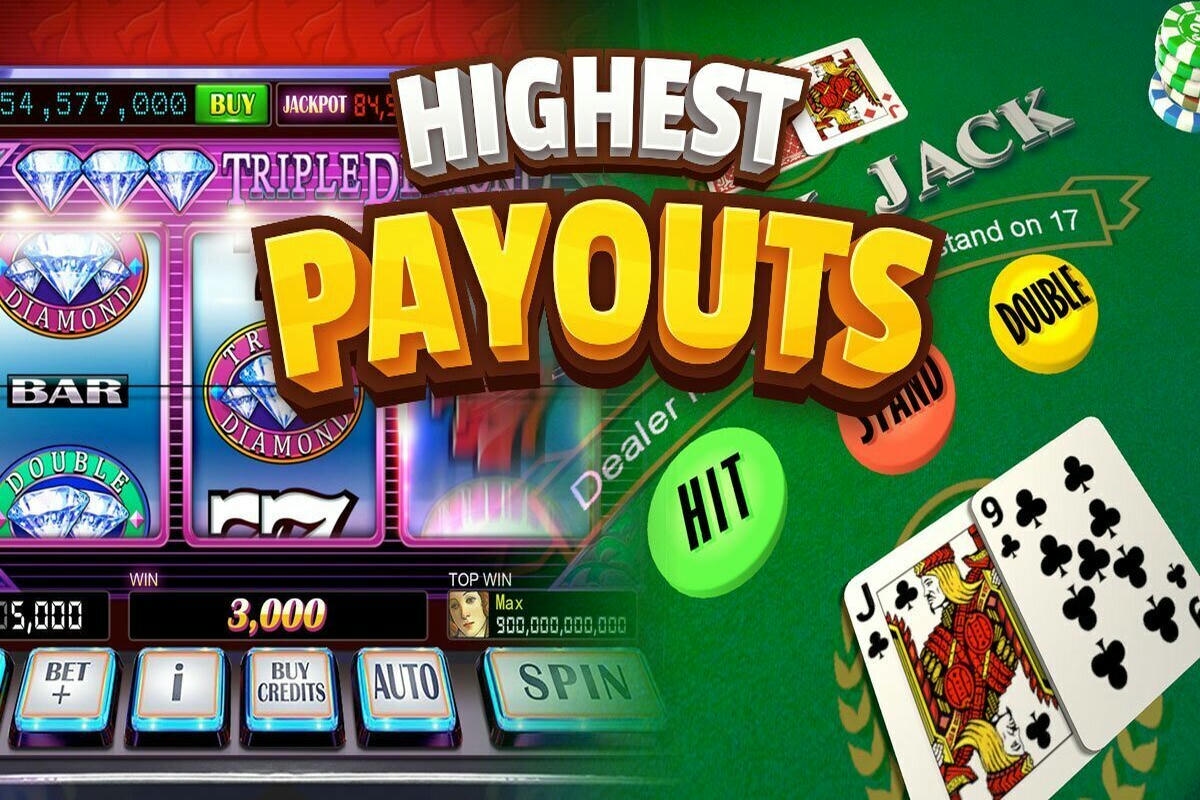
Key Cryptocurrencies: Bitcoin, Ethereum, and More
Key Cryptocurrencies: Bitcoin, Ethereum, and More
Cryptocurrencies have revolutionized the financial landscape, offering new ways to conduct transactions, invest, and interact with digital assets. Among the thousands of cryptocurrencies available, a few have emerged as key players due to their innovative technologies, robust ecosystems, and significant market influence. This blog delves into the key cryptocurrencies, including Bitcoin, Ethereum, and other notable digital assets, exploring their unique features, use cases, and impact on the crypto space.
Bitcoin: The Pioneer of Cryptocurrencies
Bitcoin (BTC) is the first and most well-known cryptocurrency, often referred to as digital gold. Created by an anonymous entity known as Satoshi Nakamoto and introduced in a 2008 whitepaper, Bitcoin was designed as a decentralized digital currency that enables peer-to-peer transactions without the need for intermediaries.
Key Features of Bitcoin
- Decentralization: Bitcoin operates on a decentralized network of nodes, eliminating the need for a central authority. This ensures that no single entity controls the network, enhancing security and trust.
- Limited Supply: Bitcoin has a maximum supply of 21 million coins, making it a deflationary asset. This scarcity contributes to its value and appeal as a store of value.
- Proof of Work (PoW): Bitcoin uses a Proof of Work consensus mechanism, where miners compete to solve complex mathematical problems to validate transactions and add them to the blockchain. This process secures the network and prevents double-spending.
Use Cases of Bitcoin
- Digital Gold: Bitcoin is often seen as a store of value and a hedge against inflation, similar to gold. Its limited supply and increasing demand have contributed to its reputation as digital gold.
- Peer-to-Peer Transactions: Bitcoin enables direct transactions between parties without the need for intermediaries, reducing transaction costs and increasing accessibility.
- Remittances: Bitcoin can be used for cross-border remittances, providing a faster and cheaper alternative to traditional money transfer services.
Ethereum: The Platform for Decentralized Applications
Ethereum (ETH) is a decentralized platform that enables developers to build and deploy smart contracts and decentralized applications (dApps). Introduced by Vitalik Buterin in 2015, Ethereum has become the second-largest cryptocurrency by market capitalization and a cornerstone of the decentralized finance (DeFi) ecosystem.
Key Features of Ethereum
- Smart Contracts: Ethereum introduced the concept of smart contracts, which are self-executing contracts with the terms directly written into code. These contracts automatically execute transactions when predefined conditions are met, eliminating the need for intermediaries.
- Decentralized Applications (dApps): Ethereum provides a platform for developers to create dApps, which run on a decentralized network and offer various services, from finance to gaming and beyond.
- Proof of Stake (PoS) Transition: Ethereum is transitioning from a Proof of Work (PoW) consensus mechanism to a Proof of Stake (PoS) model with Ethereum 2.0. This upgrade aims to improve scalability, security, and energy efficiency.
Use Cases of Ethereum
- Decentralized Finance (DeFi): Ethereum is the backbone of the DeFi ecosystem, which includes decentralized exchanges (DEXs), lending platforms, and yield farming protocols. DeFi aims to recreate traditional financial systems using blockchain technology, providing more accessible and efficient financial services.
- Tokenization: Ethereum's ERC-20 and ERC-721 standards allow for the creation of fungible and non-fungible tokens (NFTs), respectively. These tokens can represent assets, such as digital art, collectibles, and real estate, and can be traded on blockchain-based marketplaces.
- Decentralized Autonomous Organizations (DAOs): Ethereum supports the creation of DAOs, which are organizations governed by smart contracts and run by community members. DAOs enable decentralized decision-making and governance.
Ripple (XRP): Facilitating Cross-Border Payments
Ripple (XRP) is a digital payment protocol and cryptocurrency designed to enable fast, low-cost cross-border transactions. Developed by Ripple Labs, XRP aims to bridge the gap between traditional financial institutions and blockchain technology.
Key Features of Ripple
- RippleNet: Ripple operates RippleNet, a global network of financial institutions that use Ripple's technology for cross-border payments. RippleNet offers faster and cheaper transactions compared to traditional banking systems.
- Consensus Algorithm: Unlike Bitcoin and Ethereum, Ripple does not use Proof of Work or Proof of Stake. Instead, it uses a consensus algorithm called the Ripple Protocol Consensus Algorithm (RPCA) to validate transactions. This allows for faster transaction times and lower energy consumption.
- Bridge Currency: XRP acts as a bridge currency in the Ripple network, facilitating transactions between different fiat currencies. This reduces the need for pre-funded nostro accounts and increases liquidity.
Use Cases of Ripple
- Cross-Border Payments: Ripple's primary use case is facilitating cross-border payments, offering faster and cheaper transactions than traditional banking systems.
- Remittances: Ripple can be used for remittances, providing a cost-effective and efficient solution for sending money internationally.
- Bank Integration: Ripple works with banks and financial institutions to integrate its technology into their existing systems, improving the efficiency and speed of cross-border transactions.
Cardano (ADA): A Research-Driven Blockchain
Cardano (ADA) is a blockchain platform developed with a research-driven approach, focusing on scalability, security, and sustainability. Founded by Charles Hoskinson, one of the co-founders of Ethereum, Cardano aims to provide a more secure and scalable infrastructure for the development of decentralized applications and smart contracts.
Key Features of Cardano
- Ouroboros PoS: Cardano uses the Ouroboros Proof of Stake (PoS) consensus mechanism, which is designed to be more energy-efficient and secure than traditional Proof of Work (PoW) systems.
- Layered Architecture: Cardano's blockchain is divided into two layers: the Cardano Settlement Layer (CSL) for transaction settlement and the Cardano Computation Layer (CCL) for smart contract execution. This separation enhances scalability and flexibility.
- Research-Driven Development: Cardano's development is guided by peer-reviewed research and academic collaboration, ensuring a scientifically rigorous approach to blockchain technology.
Use Cases of Cardano
- Smart Contracts and dApps: Cardano provides a secure and scalable platform for the development of smart contracts and decentralized applications, enabling various use cases across different industries.
- Tokenization: Cardano supports the creation of native tokens, allowing users to issue and manage digital assets on the Cardano blockchain.
- Identity Management: Cardano aims to provide decentralized identity solutions, enabling secure and verifiable digital identities.
Polkadot (DOT): Enabling Interoperability
Polkadot (DOT) is a multi-chain blockchain platform designed to enable interoperability between different blockchains. Developed by Dr. Gavin Wood, one of the co-founders of Ethereum, Polkadot aims to create a web of interconnected blockchains, allowing them to communicate and share data seamlessly.
Key Features of Polkadot
- Relay Chain: The Polkadot network consists of a central Relay Chain that connects multiple parachains (parallel blockchains). The Relay Chain ensures security and consensus across the network.
- Parachains: Parachains are independent blockchains that run in parallel on the Polkadot network. Each parachain can have its own design and functionality, tailored to specific use cases.
- Interoperability: Polkadot enables interoperability between different blockchains, allowing them to transfer data and value seamlessly. This enhances the functionality and utility of blockchain applications.
Use Cases of Polkadot
- Cross-Chain Communication: Polkadot facilitates cross-chain communication, enabling data and value transfer between different blockchains.
- Custom Blockchain Development: Developers can build custom blockchains (parachains) tailored to specific use cases, leveraging Polkadot's security and interoperability features.
- DeFi and dApps: Polkadot supports the development of decentralized finance (DeFi) applications and decentralized applications (dApps), providing a scalable and interoperable platform for innovation.
Binance Coin (BNB): Powering the Binance Ecosystem
Binance Coin (BNB) is the native cryptocurrency of the Binance exchange, one of the largest cryptocurrency exchanges in the world. Initially launched as an ERC-20 token on the Ethereum blockchain, BNB has since migrated to the Binance Chain and Binance Smart Chain (BSC), supporting various use cases within the Binance ecosystem.
Key Features of Binance Coin
- Utility Token: BNB is used to pay for transaction fees on the Binance exchange, offering users discounts and other benefits.
- Binance Smart Chain (BSC): BNB powers the Binance Smart Chain, a parallel blockchain to Binance Chain that supports smart contracts and decentralized applications (dApps).
- Token Burn: Binance periodically burns (destroys) a portion of BNB tokens, reducing the total supply and potentially increasing the token's value.
Use Cases of Binance Coin
- Transaction Fees: BNB can be used to pay for transaction fees on the Binance exchange, providing users with discounts and incentives.
- Staking and Yield Farming: BNB can be staked on the Binance Smart Chain (BSC) to earn rewards and participate in yield farming protocols.
- DeFi and dApps: BNB supports the development and operation of decentralized finance (DeFi) applications and decentralized applications (dApps) on the Binance Smart Chain (BSC).
Chainlink (LINK): Connecting Smart Contracts with Real-World Data
Chainlink (LINK) is a decentralized oracle network that enables smart contracts to securely interact with real-world data. By providing reliable and tamper-proof data feeds, Chainlink enhances the functionality and utility of smart contracts on various blockchain platforms.
Key Features of Chainlink
- Decentralized Oracles: Chainlink uses decentralized oracles to fetch and verify real-world data, ensuring accuracy and reliability.
- Data Feeds: Chainlink provides data feeds for various types of information, such as price feeds, weather data, and event results, enabling smart contracts to access real-time data.
- Cross-Chain Compatibility: Chainlink is compatible with multiple blockchain platforms, allowing smart contracts on different blockchains to access external data securely.
Use Cases of Chainlink
- DeFi Applications: Chainlink provides reliable price feeds for decentralized finance (DeFi) applications, enabling accurate and secure execution of financial contracts.
- Insurance Contracts: Chainlink can be used in insurance contracts to verify events and trigger payouts based on real-world data, such as weather conditions or flight delays.
- Gaming and NFTs: Chainlink's data feeds can enhance gaming and non-fungible token (NFT) applications by providing verifiable and dynamic data for in-game assets and events.
Stellar (XLM): Facilitating Low-Cost Cross-Border Payments
Stellar (XLM) is a blockchain platform designed to facilitate low-cost cross-border payments and financial inclusion. Created by Jed McCaleb, one of the co-founders of Ripple, Stellar aims to connect financial institutions, payment systems, and individuals, providing fast and affordable transactions.
Key Features of Stellar
- Consensus Algorithm: Stellar uses the Stellar Consensus Protocol (SCP), which enables fast and secure transaction validation without the need for mining.
- Low Transaction Fees: Stellar offers extremely low transaction fees, making it an attractive option for cross-border payments and microtransactions.
- Anchor Network: Stellar's anchor network allows fiat currencies to be tokenized and transferred on the blockchain, providing seamless integration with traditional financial systems.
Use Cases of Stellar
- Cross-Border Payments: Stellar enables fast and low-cost cross-border payments, providing an efficient alternative to traditional remittance services.
- Financial Inclusion: Stellar aims to provide financial services to unbanked and underbanked populations, promoting greater financial inclusion and accessibility.
- Tokenization: Stellar supports the tokenization of fiat currencies and other assets, enabling seamless transfers and exchanges on the blockchain.
Conclusion: The Dynamic World of Cryptocurrencies
The world of cryptocurrencies is dynamic and ever-evolving, with key players like Bitcoin, Ethereum, and other notable digital assets driving innovation and adoption. Each cryptocurrency offers unique features and use cases, contributing to the diverse and multifaceted landscape of the crypto space.
By understanding the key cryptocurrencies and their distinctive attributes, individuals and businesses can better navigate the opportunities and challenges of the digital economy. Whether it's Bitcoin's role as digital gold, Ethereum's platform for decentralized applications, or the cross-border payment solutions offered by Ripple and Stellar, cryptocurrencies are transforming the way we interact with and utilize digital assets.
As the cryptocurrency ecosystem continues to grow and mature, staying informed and adaptable will be crucial for leveraging the full potential of these revolutionary technologies. The future of finance, technology, and beyond is being shaped by the innovative power of cryptocurrencies, offering exciting possibilities for a more decentralized and inclusive world.
Others Choose

FireVegas Casino
Welcome Bonus
100% Up To $400 + 50 Free Spins
New players only. Must be 18+ to participate. Bonus offers are subject to specific wagering requirements. Minimum deposit may apply. Terms and conditions apply. Please gamble responsibly.

WinTomato Casino
First Deposit Bonus
100% Up To $250 + 300 Free Spins
New players only. Must be 18+ to participate. Bonus offers are subject to specific wagering requirements. Minimum deposit may apply. Terms and conditions apply. Please gamble responsibly.

Mostbet Casino
Deposit Bonus
125% + 250 FS Depositing From $45
New players only. Must be 18+ to participate. Bonus offers are subject to specific wagering requirements. Minimum deposit may apply. Terms and conditions apply. Please gamble responsibly.




